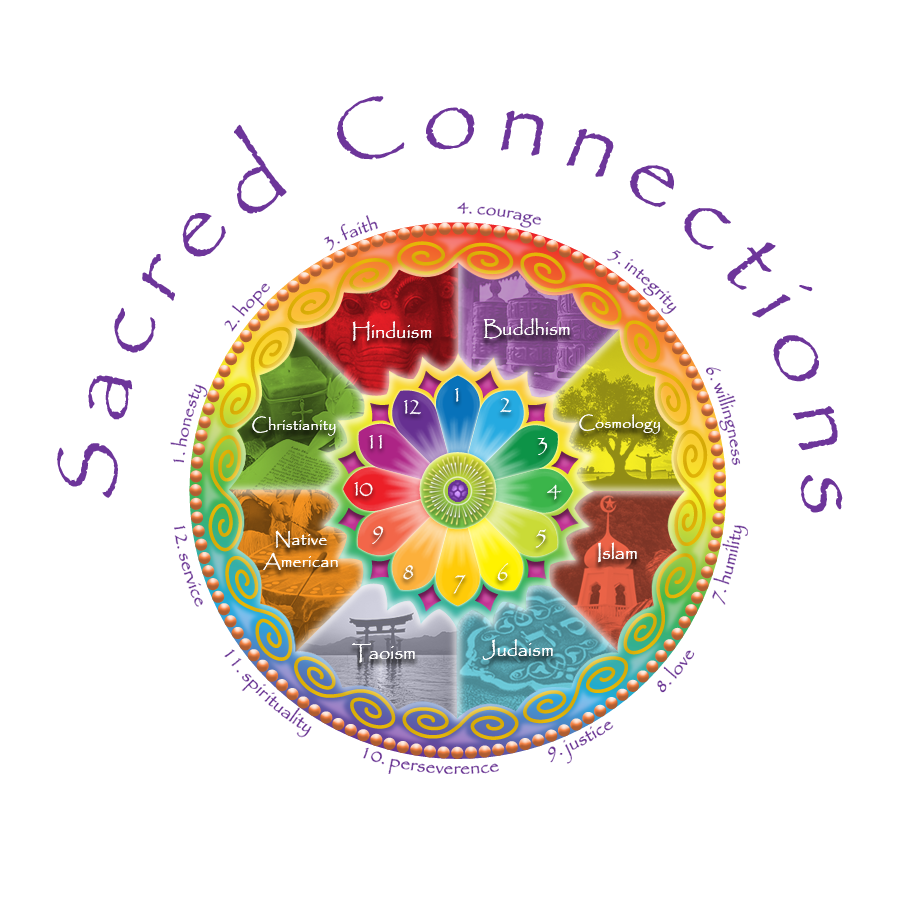Hinduism began 4,000 years ago with pastoral nomads in the Indus Valley of ancient India. There were priests who offered sacrifices to the Gods and chanted sacred hymns, called the Vedas, which are the scriptural foundation of Hinduism.
The next era of Vedic writings were the Upanishads which described the cycle of reincarnations (samsara) driven by karma, and the desire of liberation (moksha) from this karmic bondage through the discipline of yoga. The remedy was the realization of one’s inner spiritual nature (Atman) which is a manifestation of the eternal Source (Brahman).
The most popular book in Hindu religious literature is the Bhagavad Gita, which is a portion of the Mahabharata (the longest epic poem in the world (700 verses) .) The Bhagavad Gita is a part of the Mahabharata, comprising 700 verses. The teacher is Krishna, who is regarded by the Hindus as the supreme manifestation of the Lord Himself, and is referred to as the divine one.[4] The Bhagavad Gita is commonly referred to as The Gita for short.Its primary message is that each human life has only one ultimate purpose; to realize the Eternal Self within and to find the joy of union with the Divine Ground of Being (Brahman) which is attained through devotion (bhakti) to God.
The content of the Bhagavad Gita is the conversation between Krishna and Arjuna which occurs on the battlefield before the start of the Kurukshetra war, which is a familial war between brothers. It begins with Prince Arjuna, as he becomes filled with doubt on the battlefield, realizing that his enemies are his own relatives, beloved friends and revered teachers. He turns to his charioteer and guide, Krishna, for advice. Lord Krishna explains to Arjuna his duties as a warrior and prince and elaborates on different Yogic and Vedantic philosophies. The Gita is often described as a guide to Hindu philosophy and as a practical, self-contained guide to life.
Hinduism recognizes four types of self-transformation (yoga): the yoga of action (karma), the yoga of devotion (bhakti), the yoga of knowledge (jnana) and the yoga of meditation (raja yoga). In the Bhagavad Gita, Krishna teaches Arjuna about the taming of the mind through meditation.
Raja Yoga is the path to having a direct experience with Spirit (Brahman) in the stillness of meditation. Patanjali, an ancient yogi master who outlined an 8-step model.
